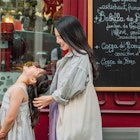
Mar 31, 2024 • 10 min read
With savvy planning and a bit of local know-how, you'll find a wealth of ways to enjoy Paris without blowing your budget. Here are our top tips.

Mar 31, 2024 • 10 min read
With savvy planning and a bit of local know-how, you'll find a wealth of ways to enjoy Paris without blowing your budget. Here are our top tips.
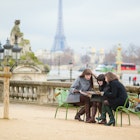
Mar 31, 2024 • 7 min read
Plan your visit to Paris with these top tips on etiquette, health and safety, and know what to do if something goes wrong.

Mar 29, 2024 • 6 min read
Paris never disappoints, but if you want to find the perfect time to see the City of Light, follow our guide to when to visit this magical city.

Mar 27, 2024 • 6 min read
Walking is the best way to explore Paris' individual neighborhoods, but you'll need the bus, metro and RER to go further afield.
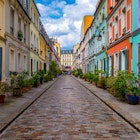
Mar 27, 2024 • 15 min read
Paris is made up of 20 different city districts (called arrondissements), each with their own distinct charms. Get to know them with our handy guide.

Jan 10, 2024 • 5 min read
Discover architectural jewelry, local design, vintage finds, and tiny treasures in Paris' independent shops and markets.

Aug 17, 2023 • 9 min read
Paris is rightfully known for being expensive but there are ways to squeeze more out of your budget. Here are our favorite free things to do in Paris.

Aug 10, 2023 • 5 min read
Whether you're traveling to Paris with babies, toddlers or tweens, we can help you find the right activities to keep the whole family happy.
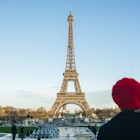
Aug 10, 2023 • 12 min read
From shopping in markets and eating in quality restaurants to touring great museums, our guide will help you plan a trip to remember.

Jul 27, 2023 • 4 min read
How one writer experienced the City of Light for under €450.
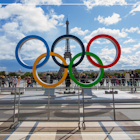
Jul 26, 2023 • 9 min read
The 2024 Olympic games in Paris promise to be like no other in history. Here’s all you need to know if you’re thinking about traveling to the event.
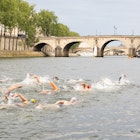
Jul 25, 2023 • 6 min read
From free pools to pricey hotel day passes, here are the best outdoor swimming spots in Paris.
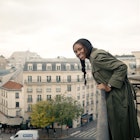
Jul 17, 2023 • 8 min read
The City of Light is perfect for urban strolling, and it’s well set up with guided tours that take you behind the scenes
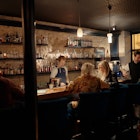
Jul 17, 2023 • 8 min read
Fall head-over-heels for the beauty, the mystery and the charm of the City of Light. It's impossible not to be captivated

Jul 17, 2023 • 8 min read
From famous sights to festivals and fun, the City of Light is enchanting for every member of the family

May 11, 2023 • 9 min read
Learn about Paris' diverse communities through the city's hip-hop and rap scene.
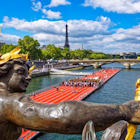
Apr 20, 2023 • 5 min read
The 2024 games in Paris promise to the the most spectacular ever. There are still ways to snap up tickets – here’s how.
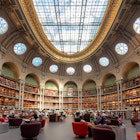
Dec 16, 2022 • 6 min read
Bookworms will love the newly restored Oval Room at the historic Richelieu library – as well as these other storied reading spots all over Paris.
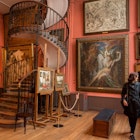
Nov 26, 2022 • 4 min read
Paris culture expert Lindsey Tramuta sings the praises of the Musée Gustave Moreau, whose intimacy and eccentricity might beat out the Musée d’Orsay.
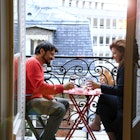
Jun 15, 2022 • 7 min read
No matter what you're planning to do on your trip to Paris, find the arrondissement with the hotels and location that's right for you.
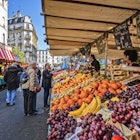
Jun 13, 2022 • 8 min read
A local expert's insider tips on the best street food you need to try in Paris and where to find it for 2022.

Apr 5, 2022 • 11 min read
It can be maddeningly tricky to choose between Paris and Rome, two of the great European capitals. But which is better? We've done the sparring for you.